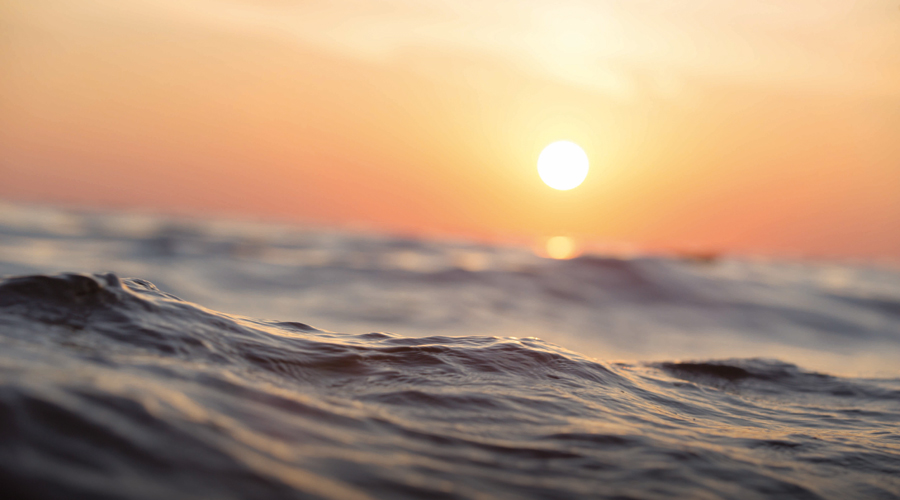

LAKSHMI KOTHANETH -
The journey to Khasab in Musandam via the National Ferry Company takes five to six hours. It’s often a friendly ride but every once in a while, the waves can also become bigger and challenging which puts any good boat captain into the test.
Such was the condition of the Oman Sea when we gave the Strait of Hormuz a test. The sea started out calm but somewhere along the middle, we felt the swinging of the waves of which to the staff and crew, it was just another day at the office.
The three-thousand-kilometre-long coastline of the Sultanate of Oman makes the NFC service a necessity for locals and tourists providing a vital link between ports.
According to officials, NFC operate the two fastest high speed ferries in the world – Shinas and Hormuz, both capable of reaching speeds of over 55 knots. These 65-metre-long ferries can carry up to 208 passengers and 56 cars. On board is the comfortable Economy, Business and VIP class seating.
Since their inception in 2008, NFC owned by the Government of the Sultanate of Oman, has been bringing in new routes regularly.
Providing easy access to residents
They said that a calm sea doesn’t make a good captain. Taking control of the Strait of Hormuz and fulfilling the NFC’s scheduled trips across the different ports have become important as the company offers high speed ferry services between numerous destinations along the Omani coast including Muscat, Khasab, Lima, Shinas, Dibba and Masirah.
According to Captain Radostin Dechev, the NFC has a social role by delivering its services through the weekly trips it take to Khasab, Musandam and return after a day.
On board the Hormuz, he explained, “In the Musandam area, there are areas where the vessels of NFC play a crucial role. An example is Port of Lima. There is no road to this place and if it is not for NFC’s services it is difficult for the residents of Lima to transport their products.”
It’s been one year and a half since NFC started its operation of a new line from Lima to Dibba. The residents were not only using this route of NFC as passengers but also for transporting their cargoes.
“People are very happy and carry commodities varying from building materials to medicines. This is essential for the residents of Lima,” the Captain, who has extensive years of experience in commercial shipping line in Spain and other countries before joining NFC, shared.
Preparing the next generation of sea men
As the role of the NFC grows in these rather far places, training the right people to oversee the operations is just as important as providing the transport services.
Captain Dechev said that when he joined NFC six years ago, there were only cadets but now, he is proud that from those cadets, four are already captains.
“My Chief Officer on Hormuz, Mahfoud will soon appear for his test and should be a captain soon once he gets his license. And this is the future of Oman,” Captain Dechev proudly said.
“They are the interesting part of NFC because NFC started from scratch. And now you can see that 80% of the crew is Omani nationalities with four captains and many chief officers,” he added.
“When I joined, there were only three cadets and four or five sea men. And now with a few captains and chief engineers they are all nationals. This is a big achievement,” he pointed out.
“The job opportunity and training is great because these are state of the art vessels with the latest technology,” he said.
Chief Officer Mahfoud Haremi said that the best part of the profession is to taking command of everything such as navigational part, cargo and handling the crew.
“There is so much to learn,” he said.
Oman Observer is now on the WhatsApp channel. Click here



